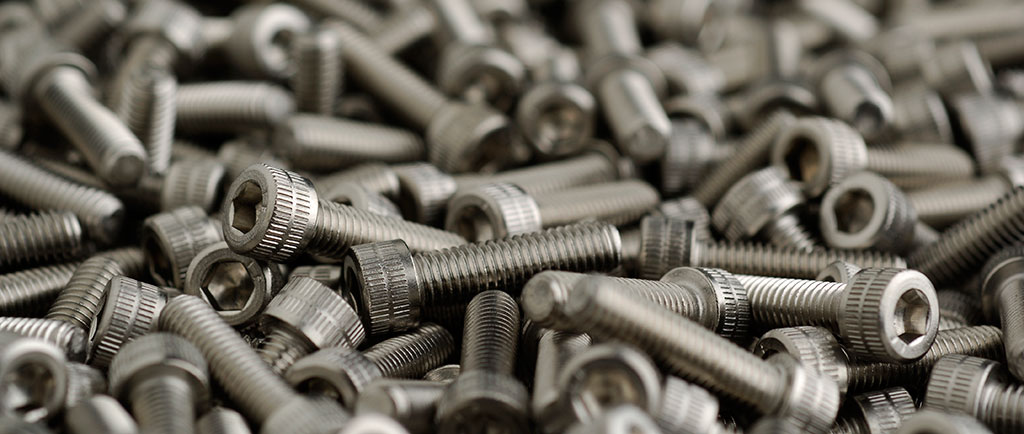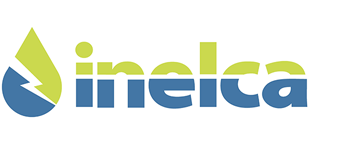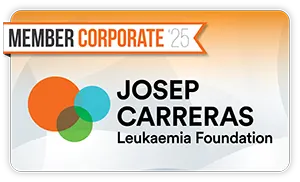Zinc-Nickel Electrolytic
Zinc electrolytic process Nickel alloy with a percentage of deposited nickel that ranges between 12 and 16%. This type of alloy is widely used in automotive applications, providing high resistance to corrosion.

The purpose of Zn coatings and their alloys is to protect the coated material from corrosion. This is achieved through two mechanisms:
1.- Physical barrier isolating the coated material against the oxidizing medium.
2.- Cathodic protection, with which the deposited layer of Zn acts as a sacrificial metal against the coated material, protecting it. This property is one of the main advantages of Zn coatings and its alloys compared to other types of coatings.
Among the advantages of the Zn coating and its electrodeposited alloys, compared to other coatings, the low thickness necessary to obtain good corrosion protection stands out (it usually works in the 8-20 micron range), the excellent adhesion with the base metal to be coated, the protective capacity against sacrificial corrosion and good reactivity for the application of passivation layers and subsequent seals.
The ZnNi coating in particular has excellent properties such as:
1: Reduced white corrosion formation compared to other Zn deposits.
2: Low corrosion by contact with Aluminum.
3: Good resistance against mechanical wear.
4: Stability at high temperatures, thus preserving its protective properties up to temperatures of 200ºC.
5: Low embrittlement due to hydrogenation phenomena, as already indicated by a standard such as ISO 4042.
Electrolytic ZnNi treatments are applied both static, through racks where the pieces are coated unitarily, or in drums, where the treatment is in masse. For each piece, the appropriate treatment method must be applied depending on its size, geometry, etc.
Passivations that are conversion coatings can be applied to the ZnNi tank by using CrIII salts to protect the tank against corrosion. These passivations are what give the color to the finish, and can be transparent or black.
By applying seals in the final phase of the process, it is possible to increase the resistance to corrosion both to white corrosion (corrosion of the coating) and to red corrosion (corrosion of the steel), as well as parameterizing the coefficient of friction according to the specification requested.
- METHODRACK – BARREL
- 2.000 hoursMETAL CORROSION RESISTANCE
STANDARDS OF REFERENCE
- BMW GS 90010
- DIN 50962
- ISO 4042 / 19598
- BDL 8451
- GME 00252
- GMW 4700
- VOLVO STD 5737,29 / 5737,19
- VW TL 244
- HONDA HES D2003-05
- PSA B15 402
- RENAULT 01-71-002 / 47-01-000
- NISSAN NES 4060
- FCA 9.57409
- FORD WX100
NOTE: The information presented is general and in no case is contractual. It is necessary to confirm the data through results derived from tests on each piece individually.


